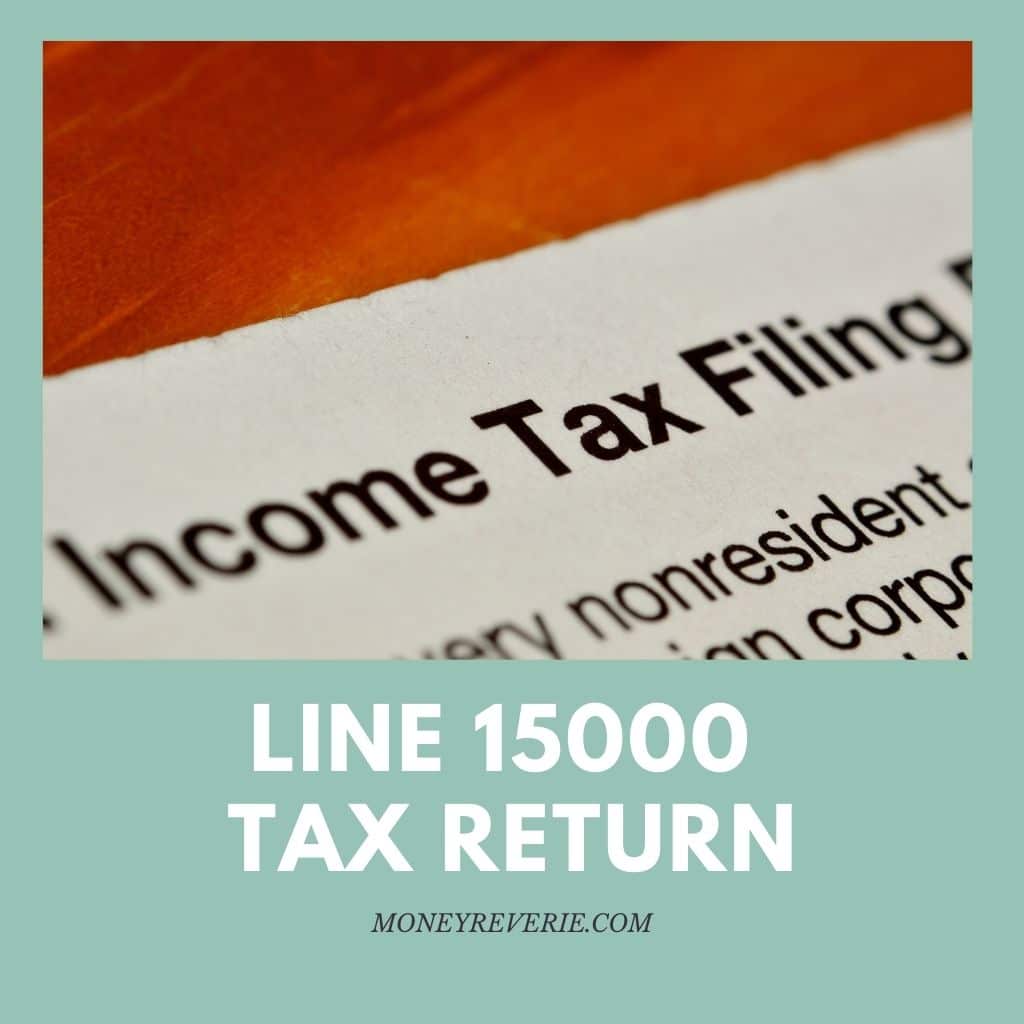Getting a post-secondary education in Canada can be quite expensive, and many Canadians are exploring government student grants and loans to alleviate the financial burden associated with their education.
The Canada Government Student Loans (GSL) program offers financial assistance to students from low to middle-income households, enabling them to cover the costs of post-secondary education.
If you notice the “Canada GSL deposit” label on your bank statement, it signifies that you have received a government student grant or loan. In this blog post, we will provide a detailed description of the Canada GSL, covering how it works, how to qualify, how much you can get, and how to apply for loans and grants in your province.
Key Takeaways
- Canada GSL stands for Canada Government Student Loans
- If you receive payments in your bank account with the label “Canada GSL Deposit”, don’t panic. It means you have received student loans and grants from the government.
- The Canada GSL payments are not taxable.
- To qualify for Canada GSL, you must be a Canadian, enrolled in a post-secondary institution, and reside in a Canada GSL-supported province.
- How much GSL you could receive depends on your family income, family size, province or territory of residence and other factors.
What is Canada GSL Deposit?
The Canada Government Student Loans (GSL) program is designed to offset the post-secondary expenses of low-medium-income Canadian families, students with permanent disabilities and students with dependents.
The Canada GSL include loans and grants from the federal and provincial governments to help eligible students with the costs of their education. Some of the funds are offered as loans and must be repaid with interest after graduation, while some are offered as grants that won’t be repaid.
The federal government of Canada and the provincial/territorial governments usually disburse these deposits in loans and grants payments to students in 2 payments each year to cover tuition for both parts of the school year.
Depending on your eligibility, you may qualify for more than one grant in your province or territory.
How Does Canada GSL Funding Work?
The Canadian federal government works in partnership with the provincial/territorial government to administer the Canada GSL deposit. As a result, you need to apply for student grants and loans in your province/territory.
When you apply, you’re automatically considered for student loans and student grants in Canada and will be notified if you’re approved and what you’ve been approved for. If approved, your money will be deposited into your account.
It is important to note that your application doesn’t guarantee that you will receive funding. Eligibility depends on certain factors, like the program, course load, and the needs of each student. You may be asked to fill out a “pre-study report” or something similar, to confirm your enrollment in school and what the tuition amounts are.
If eligible, you will receive payments in the first week of September and the first week of January, often before your tuition fees are due. You may not receive your Canada GSL payments if you don’t submit your report on time.
How Much GSL Deposit Can You Receive?
For the 2023 to 2024 school year (August 1, 2023 to July 31, 2024), full-time students in Canada could receive up to $4,200 per year or up to $525 per month of study, while part-time students could receive up to $2,520 per year.
However, the amount of grant you could receive is based on your assessed need. For example, if you have an assessed need of $1,200, you will receive a $1,200 grant.
To assess your needs and determine the amount of GSL deposit you may be entitled, the government will consider factors, such as your:
- Family income
- Family size
- Province or territory of residence
- Living expenses
- Tuition fees
- Health status (i.e. whether you have a disability or not)
It is important to note that your province or territory determines how much GSL deposit you can receive during your application. Before you apply for student grants and loans, you can use the federal student aid estimator to determine your potential GSL amount.
When Are Canada GSL Payments Made?
Typically, two Canada GSL payments are made to you throughout the school year. You will likely receive your first payment in September to make the payments in time for your first semester.
The second payment will arrive in January to cover the cost of the second semester. The money is usually deposited right into your bank account so that you can have the funds you need when tuition fees are due.
Who is Eligible for GSL Canada?
To receive grants and loans from the Canada GSL, you must:
- Be a Canadian citizen or permanent resident.
- Be actively enrolled in an accredited educational program or institution.
- Reside in a Canadian GSL-supported province or territory.
- Be below the income requirements
Remember that your eligibility for GSL Canada depends on your province or territory. There are no general requirements for GSL Canada since each province or territory has different requirements.
Canada GSL Income Threshold
To ensure that only applicants who need it the most receive grants and loans, there is a basic calculation that determines eligibility.
It considers your income and family size. Below is the income threshold:
Number of People in Household Income Threshold For Max Grant Assistance Income Threshold For Grant Cut-Off 1 $35,429 $66,942 2 $50,104 $93,709 3 $61,365 $112,041 4 $70,859 $123,676 5 $79,222 $134,369 6 $86,784 $144,476 7 (or more) $93,737 $153,261
How to Apply for Canada GSL Deposit?
Canada GSL payment is only available in some of the provinces and territories of Canada. However, each Canadian province or territory has a student grant and loan program.
So if your province or territory offers GSL, you can apply. Click on your province or territory below to be directed to the application page of the grants and loans program:
- British Columbia Student Aid
- Alberta Student Aid
- Manitoba Student Aid
- Nova Scotia Student Assistance
- Newfoundland and Labrador Student Aid
- Yukon Student Financial Assistance
- New Brunswick Student Financial Services
- Nunavut Student Funding
- Prince Edward Island Student Financial Services
- Northwest Territories Student Financial Assistance
- Quebec Student Financial Aid
- Ontario Student Assistance Program (OSAP)
- Saskatchewan Student Loans
You will see the requirements and entitled amount when you visit the application page. After applying, you will be notified later by your province/territory of the subsequent steps.
Note that you can only make one application for both grants and loans. However, if you are unable to make an online application, you can visit the Canada Students Grants and Loans page.
Which Canadian Provinces Offer Student Loans and Grants?
Not all Canadian provinces and territories offer Canada GSL.
British Columbia, Ontario, Saskatchewan, Newfoundland and Labrador, and New Brunswick offer integrated student grants and loans.
Nova Scotia, Manitoba, Alberta and Prince Edward Island offer provincial/territorial student aid alongside the Canada GSL.
Quebec, Northwest Territories and Nunavut operate different student aid programs without Canada GSL.
Yukon has only territorial grants but also offers the Canada Student Grants and Loans (Canada GSL).
Is Canada GSL Taxable?
The GSL deposits are tax-free. It is not considered part of your income for the tax year. You can spend them without including them in your annual tax return.
You don’t have to worry about paying back the grants, which aren’t taxable. However, you will need to pay back the loan in time.
Do I Have to Repay Canada GSL?
You don’t have to repay the grant portion of the program, but it’s compulsory to repay the loan.
However, you don’t repay the loan while still in school. And you don’t have to repay it if you’re a reservist Canadian in the Canadian Forces.
You’re expected to start paying your student loan with interest six months after graduation. The six months after graduation period begins when you:
- Complete your final school session.
- Leave school or defer a school session.
- Change your studies from Full-Time to Part-Time.
However, you can start paying your student loan whenever possible if you have the means. Repaying your loan ahead of time saves you from paying interest.
Finally, the National Student Loan Services Center (NSLSC) contains your loan details and the repayment period.
What If I Can’t Repay the GSL?
If you find it difficult to repay your student loan at due time, you can reduce your monthly payment based on how much you can pay or seek repayment assistance.
However, remember that missing your student loan payment can hurt your credit history and limit your chances of qualifying for other loans in the future.
But three major options can help you in repaying your student loan. These are:
- Visiting National Student Loans Service Centre (NSLSC) account to find a customised repayment plan.
- Contact your province/territory to help you with a loan repayment solution.
- Reaching out to the NSLSC to find a way out.
What Other Student Aids Can You Apply For in Canada?
Based on your eligibility, you may be entitled to other student aids in Canada toward your post-secondary education.
Here are some of the other student aids that you may be eligible for:
1. Apprentice Loans and Grants
The Canada Apprentice Loan aims to assist in starting and completing an apprenticeship in the Red Seal trade while you are in school.
This initiative is administered by the federal government of Canada and awards up to $4,000 in loans to eligible students.
You don’t have to pay interest in each session of technical training. You can use the loans to fund your training tools and equipment expenses, family expenses, and even tuition.
Furthermore, you must only repay the loans once you finish or resign from the apprentice program.
Except for Quebec, which has another program, all Canadian provinces and territories offer the Canada Apprentice Loan.
To apply for this loan, visit the Canada Apprentice Loan Online Service page.
2. Scholarships
There are several scholarships in Canada for your undergraduate, graduate and postdoctoral studies. These include:
- Banting Postdoctoral Fellowships: These scholarships fund postdoctoral studies that impact Canada’s social, economic, and overall growth.
- Royal Military College Scholarships and Awards: These scholarships provide funds for Regular Officer Training Plan officers.
- Canada Graduate Scholarships – Master’s Program: These scholarships fund graduate research in engineering, natural sciences, health and social sciences/humanities.
- Vanier Canada: This scholarship funds outstanding students for doctoral studies.
- Indigenous Bursaries Search Tool: This scholarship funds bursary searches in Canada.
- Dick Martin Scholarship Award: This is a scholarship for health and safety-related studies in Canada.
- International Scholarships Program: These scholarships cater to Canadian international studies and students outside Canada.
- Joseph-Armand Bombardier Canada Graduate Scholarships Program: These are doctoral scholarships for social sciences/humanities studies.
- Natural sciences and engineering awards: This scholarship funds undergraduate, postgraduate and post-doctoral studies in natural sciences and engineering.
- L. Holmes Award for Post-Doctoral Studies: Post-doctoral: These are scholarships for outstanding research at famous schools.
- International Business Scholarships: Funds for studies in international business or business-related studies on sustainability or environmental studies.
- International Development Research Centre: This is a scholarship to Canadian citizens, residents, and doctoral students from developing countries.
3. Aid for Reservists
This is an opportunity to pause your loan interest while serving in a designated operation.
However, you may be required to make payments for part of your province/territory loan. But your federal government loan payment remains paused.
To qualify for the reservists’ aid, you must:
- Be a reservist.
- Have postponed your full-time studies because of a designated operation.
- Intend to continue studies after your designated operations.
- Haven’t started repaying your federal student loan.
- Reached 60% of the full course you enrolled in.
You must fill and complete the Confirmation of Posting assignment for full-time students form. After completing the form, you are expected to submit it to the address stated in the form through the National Student Loans Service Centre.
Furthermore, you must attach a copy of the Department of National Defense Notification of Posting Instructions to your application form.
Final Thoughts on Canada GSL Deposit
Now you know what the GSL deposit entails in your bank account. But it doesn’t end there.
You may be entitled to several other benefits as a student. You can find information about other financial assistance programs administered by your province or territory through the student financial assistance website.
Besides student grants and loans, you can also refer to your Registered Education Savings Plan (RESP) for educational funds. If you have one, you are getting a great deal.
Above all, your goal is accumulating as many funds as possible toward smooth graduation and post-school financial freedom. So the more financial assistance programs you apply to, the more funds you receive.
Finally, I’d like to know about your experience in the comment section about the student financial assistance you enrolled in.
FAQs on Canada GSL
What Does Canada GSL Stand For?
Canada GSL stands for Canada Government Student Loan.
What is GSL Payment?
GSL payment refers to grants and loans deposited to eligible students on behalf of Canada’s federal and provincial/territorial governments.
The payment aims to offset the costs of post-secondary education for low-medium-income Canadian families, students with permanent disabilities and students with dependents.
What is GSL Money?
GSL money is tax-free money given to eligible students in Canada for the cost of post-secondary education.
The money has a grant and loan portion. The grant portion is non-repayable. But the loan portion is repayable with interest.
What is Ontario Student Gant?
Ontario Student Opportunity Grant (OSOG) refers to student grants for loan repayment. This grant assists Ontario students in repaying their debt on Canada-Ontario Integrated Student Loan (COISL).
If students receive the OSOG, their entitlement will be used to redeem their COISL debt. Ontario students can benefit from the Ontario Student Assistance Program (OSAP), a financial program that offers grants and loans for post-secondary education.









